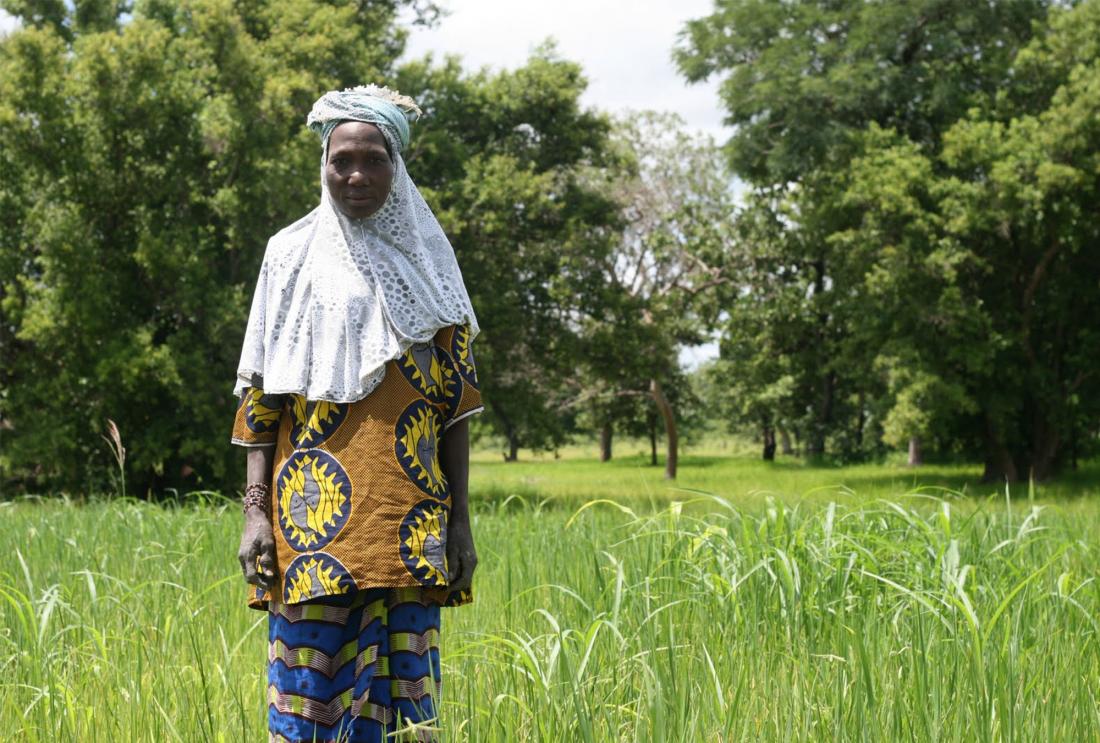The Profitability of Fertilizer in Mali
- Farmers
- Rural population
- Women and girls
- Technology adoption
- Productivity
- Profits/revenues
- Fertilizer and agricultural inputs
- Subsidies
Intensified use of agricultural inputs, particularly fertilizer, is a possible route to improved agricultural productivity. Evaluations of fertilizer use show substantial increases in yields, but they are typically done on highly monitored experimental plots rather than by farmers themselves. Researchers randomly provided free fertilizer to women rice farmers in southern Mali to measure how farmers chose to use the fertilizer, what changes they made to their agricultural practices, and the profitability of these changes. The fertilizer grants led to increased fertilizer use, use of complementary inputs such as herbicides and hired labor, and yields, yet did not lead to substantial increase in profit.
Policy issue
Fertilizer is recognized as an important and useful input in increasing farm productivity, leading governments to spend generously on fertilizer subsidies and training to guide farmers in its use. Evaluations of fertilizer use show substantial increases in yields, but they are typically done on highly monitored experimental plots rather than by farmers themselves. The economic returns to fertilizer may be quite different on real-world farms, particularly when farmers may change their investment in other inputs in response to a new technology. Not all farmers may benefit from fertilizer use, and behavioral biases may prevent farmers from using fertilizer as they intend to. Researchers randomly provided free fertilizer to women rice farmers in southern Mali to measure how farmers choose to use the fertilizer, what changes they make to their agricultural practices, and the profitability of this set of changes.
Context of the evaluation
Africa’s average fertilizer use is 19 kilograms per hectare (kg/ha) of rice cultivated, compared to a world average of 134 kg/ha.1 In Mali, where this study takes place, only 30 percent of female rice farmers used fertilizer, even with government subsidies of 33 to 44 percent of the cost.
Rice is an important crop in the study area, almost exclusively farmed by women, and it is mostly used for consumption. The crop is usually grown on non-irrigated land and uses few inputs; for instance, the farmers in the study used 38 kg/ha of fertilizer to produce 1600 kg/ha of rice. In contrast, farmers in well-irrigated parts of Mali used nearly three times as much fertilizer and produced roughly three times the output (4500 kg/ha).

Details of the intervention
Researchers identified 383 female farmers in 23 villages in Bougouni, southern Mali, and randomly divided them into three groups:
-
Full grant: 135 farmers received 308.20 kg of fertilizer, the recommended quantity per hectare;
-
Half grant: 123 farmers received 156.20 kg of fertilizer, or half the recommended amount; and
-
Comparison group: 125 farmers received no fertilizer.
The two groups that received fertilizer were given a 30-minute explanation of fertilizer use, with no further training or monitoring. The grants were provided in May 2010, and all groups were surveyed halfway through the agricultural cycle in August 2010 and at the end of the harvest in December 2010.
Results and policy lessons
The grants increased the likelihood of fertilizer use and quantity used: Nearly all farmers who received fertilizer used it, compared with 32 percent of farmers in the comparison group. Receiving fertilizer also led to much higher quantities used: famers who received the full amount used an average of 33 kg per hectare, compared to 21 kg by those who received half and 13 kg by those that received none.
The grants led to higher levels of output: Providing the grants led to increases in output of 5,952 CFA Francs (US$12.07) in the half grant group and 11,046 CFA Francs (US$22.40) in the full grant group, compared to the comparison group mean of 35,920 CFA Francs (US$72.83), an increase of 17 percent and 31 percent, respectively (output was valued at producer prices at the time of harvest).
The grants did not lead to increases in profits: While the increase in fertilizer use led to a significantly higher level of outputs, the grants did not lead to increased profitability. The results suggest that farmers may have increased the use of other inputs to complement their use of fertilizer (e.g., labor and herbicide). This demonstrates that farmers respond to an increase in one input by changing their investments in others, and makes it challenging to attribute increases in crop yields to fertilizer use alone.